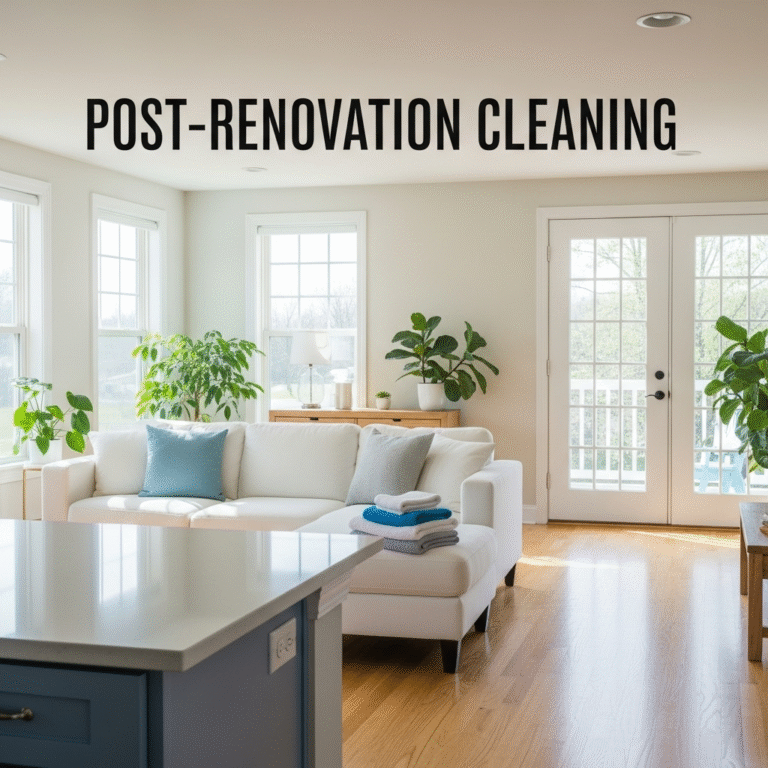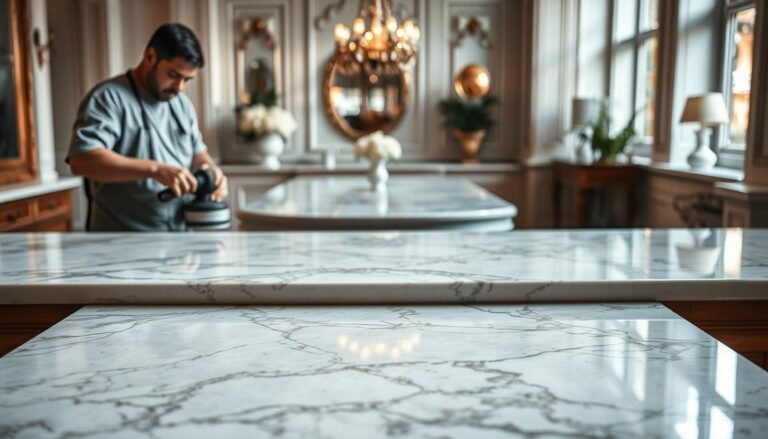Glass handrail stairs have become a hallmark of contemporary design, offering a perfect blend of aesthetics, safety, and functionality. Whether for residential homes, commercial spaces, or outdoor settings, these railings redefine staircases as architectural focal points. This guide explores their benefits, design options, installation, and maintenance, tailored to help you make informed decisions.
Why Choose Glass Handrail Stairs?
Unobstructed Views and Natural Light:
Glass handrails create an open, airy atmosphere by allowing light to flow freely and providing clear sightlines. This transparency makes spaces appear larger—ideal for compact areas or homes aiming for a minimalist look.
Modern Aesthetic Appeal:
With sleek lines and frameless designs, glass railings complement modern, industrial, and luxury interiors. They can be customized with frosted, tinted, or etched glass to match your decor.
Enhanced Safety:
- Tempered/Laminated Glass: Shatters into small, blunt pieces if broken, reducing injury risk.
- No Gaps: Prevents children or pets from getting stuck or climbing.
- Weather Resistance: Withstands rain, wind, and temperature extremes without corroding or fading.
Low Maintenance:
Glass requires only occasional wiping with a mild detergent, unlike wood or metal, which need refinishing or rust prevention.
Durability:
Tempered glass is 4–5x stronger than standard glass, resistant to scratches, moisture, and UV damage.
Types of Glass Handrail Systems

| Type | Features | Best For |
| Frameless | Discreet clamps; seamless transparency | Modern homes, luxury spaces |
| Standoff | Glass suspended between metal standoffs | Spiral staircases, balconies |
| Framed | Aluminum/stainless steel frames | High-traffic commercial areas |
| Hybrid | Combines glass with wood/metal accents | Traditional-modern blends |
Trend Alert:
- Lighting Integration: LED strips under glass treads or handrails for dramatic effects.
- Textured Glass: Frosted or etched designs for privacy without sacrificing light flow.
Safety and Building Codes

Key Standards:
- Height: Indoor railings must be 900–1100mm (35–43 inches), while outdoor railings require 1000–1200mm (39–47 inches).
- Glass Thickness: Minimum 12mm tempered or laminated glass for structural integrity.
- Spacing: Posts should be spaced 1200–1300mm apart to balance stability and cost.
Child and Pet Safety:
- Solid panels eliminate gaps where limbs or heads could get trapped.
- Difficult for children to climb due to smooth surfaces.
Installation Process: Step-by-Step Guide

- Assess Staircase: Measure dimensions, pitch, and load-bearing capacity.
- Choose a System: Decide between frameless, framed, or hybrid designs based on aesthetics and budget.
- Mark Layout: Plan post/panel placement for even spacing and alignment.
- Install Posts/Brackets: Secure metal supports to the staircase or wall.
- Attach Glass Panels: Use clamps or grooves to fix panels, ensuring they’re level and secure.
Pro Tip: Hire professionals to ensure compliance with local building codes.
Cost Breakdown
Factors | Cost Range (Per linear foot) |
Frameless Systems | $200–$600 |
Framed Systems | $150–$400 |
Customizations (e.g., etching, lighting) | +$50–$200 |
| Professional Installation | $300–$800 |
Cost-Saving Tips:
- Opt for standard clear glass instead of frosted or tinted variants.
- Use aluminum frames instead of stainless steel.
Maintenance Tips
- Daily Cleaning: Wipe with a microfiber cloth and water-vinegar solution.
- Avoid Abrasives: Steel wool or harsh chemicals can scratch glass or metal finishes.
- Inspect Hardware: Tighten loose clamps or brackets annually.
Glass vs. Traditional Materials
Feature | Glass | Wood | Metal |
Aesthetics | Modern, transparent | Warm, traditional | Industrial, sleek |
| Maintenance | Low (wipe clean) | High (sanding, staining) | Moderate (rust-proofing) |
| Durability | Resists weathering, scratches | Prone to rot, termites | Corrodes over time |
FAQs
1. Are glass handrails safe for homes with children?
Yes—tempered glass is shatter-resistant, and the lack of gaps prevents climbing or trapping.
2. Can glass railings be used outdoors?
Absolutely. Tempered glass and stainless steel hardware withstand rain, snow, and UV exposure.
3. How long do glass handrails last?
With proper care, they can last 20+ years without fading or corrosion.
4. Do glass railings add value to a home?
Yes—their modern appeal and durability make them a premium feature for buyers.
Conclusion:
Glass handrail stairs are a transformative design choice, merging safety, elegance, and practicality. By understanding their benefits, installation requirements, and maintenance, you can enhance your space’s aesthetic and functional value. Whether renovating a home or designing a commercial property, glass railings offer a timeless solution that aligns with modern architectural trends.
For personalized advice or installation, consult a professional to ensure your project meets safety standards and design goals.















